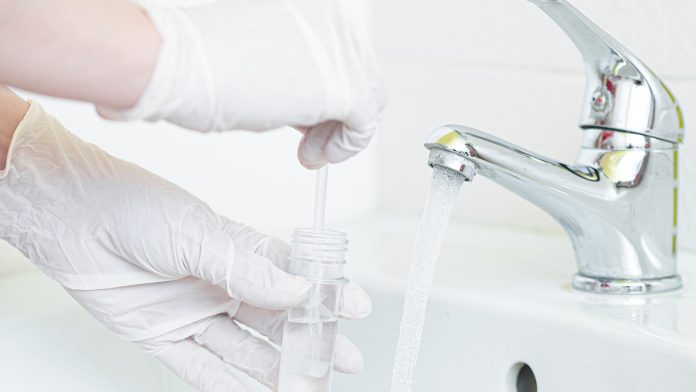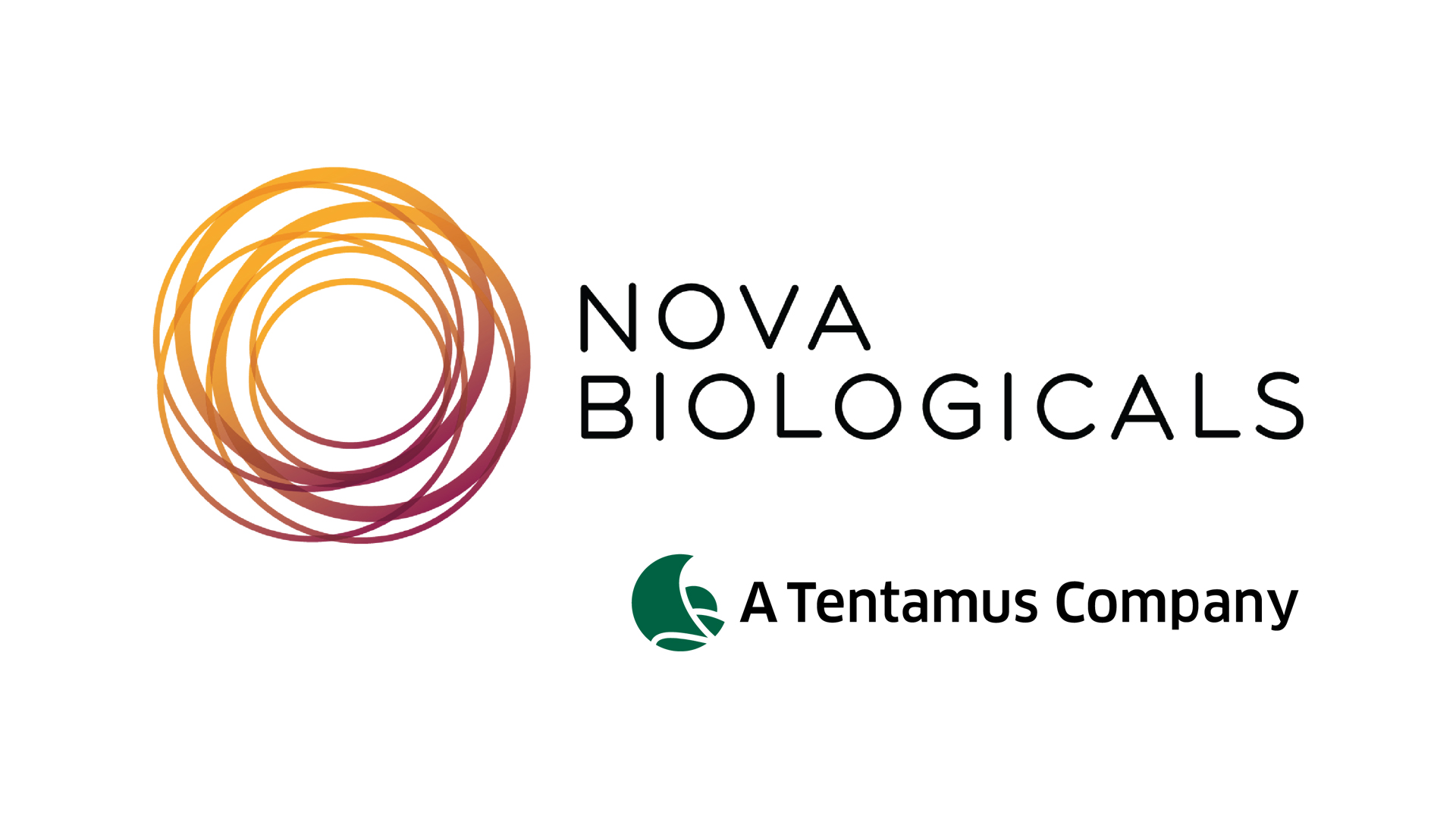
Nova Biologicals, a leading microbiological testing service, outlines how microscopic contaminants can be mitigated and contained through microbial analysis methods such as water testing.
Microscopic contaminants, such as mould, viruses, or bacteria are threats whose danger cannot be understated. Yet, as their name implies, these organisms are so small that they are unable to be seen by the naked eye and thus can’t be avoided by just being careful.
How does a person know that they aren’t carrying bacteria with them wherever they go? How do hospital workers know they aren’t just spreading sicknesses from patient to patient? How can anyone be certain that the medicine used to treat diseases caused by bacteria isn’t itself exposing people to even more bacteria? Mistakes like these could easily result in catastrophic consequences if the circumstances allow them to be. Some diseases are not lethal or easily transmissible, while others can spread from person to person just through coughing.
The symptoms of these infections can vary greatly and can range from a light cold to long-time health issues or even death. As such, ensuring that the public has access to reliable microbial testing facilities is of great importance so that they can easily get something tested if they feel it may be harbouring microscopic contaminants.
Water testing: an industry-wide necessity
For many products and businesses, getting proper microbiological testing done beforehand is necessary to sell or provide services to customers. Even in an industry like real estate, having proper water testing done for the property being sold is required before any final business transactions can be conducted. In this case, this is to protect customers from being sold a home with a contaminated water supply.
The same concept applies to products such as medicines, pesticides, skin care products, and even most foods. They each have specific testing they must receive before being allowed to legally sell them, and what these tests are, depends on factors ranging from location to the purpose of the product. The organisations that ensure the proper standards for this form of testing rely on years of scientific and medical experience to provide the most relevant and appropriate testing methods to ensure public safety. These methods are changed over time as new developments arise in the world of microbiology and allow new possible dangers to be addressed efficiently. But despite how many innovations there have been in monitoring and eliminating microbial hazards, there is still a multitude of ways in which these organisms pose a risk for the public. For example, the world of medical technology is one that largely cannot exist without the aid of microbiological testing.
Sterility testing is necessary for most medical practices to help reduce the possibility of healthcare-associated infection or HAI. Devices like stethoscopes are most likely not going to require much if any, testing as they are non-invasive and don’t have a high chance of spreading infections, but syringes, medical implants, and most surgical instruments need to be as sterile as possible to preserve the health of the patient. As stated above, contamination can easily lead to dangerous health problems, and contaminated syringes or thermometers would quickly lead to that occurring in patients with weakened immune systems. Bedrooms not being properly sterilised after a patient is discharged can cause HAIs to spread to others, sometimes resulting in a person leaving a hospital sick even though they weren’t when they arrived. Pseudomonas aeruginosa outbreaks are common1 in hospitals and healthcare environments for this very reason, and the effects can be fatal. To make matters worse, bacteria like Pseudomonas aeruginosa can even begin to resist some of the antibiotics used to prevent their growth, making it even more difficult for someone infected by them to properly recover. Because of this risk, it is not uncommon for those involved with the healthcare industry to have a microbiological laboratory in house.
Product testing within the pharmaceutical industry
Pharmaceutical companies are subject to many of the same problems and require often just as much, if not more, testing procedures done on their products. Testing for pharmaceutical products often involves using test methods USP 61 and 62, amongst others. This is because USP 61 and 62 are responsible for detecting and identifying the presence of microbiological contaminants, an essential step in preventing products from being contaminated. However, there is more they need to be concerned about than just the threat of microorganisms. Because medicine and other pharmaceuticals often make use of otherwise potentially dangerous ingredients to counteract issues like diseases and viruses, they often also contain many excipients to ensure it works as intended2. An excipient is an inactive ingredient that serves instead to do things like making sure a pill holds its shape, is delivered the appropriate way, or prevent a particular ingredient from having negative side effects. For instance, some excipients are used to ensure that the drugs they are used on aren’t dissolved in parts of the body that could cause gastrointestinal problems, while others provide bulk to the product so that the essential ingredients are appropriately concentrated or diluted. However, this means that pharmaceutical products often also need extensive testing to ensure they work properly and with as little risk as possible.
The usability of any pharmaceutical products must be tested repeatedly before it can be deemed safe to sell and attempts to circumvent these necessary preliminary testing requirements can be met with swift and harsh legal and monetary consequences. When it comes to matters of public health, it is clear that shortcuts cannot be tolerated simply for the sake of speedy profits.
Sterility testing
Industries ranging from food manufacturers to textile producers all require some testing. That being said, water testing may be the most important. Given that water is a resource needed by all and that it is often used as an ingredient in other products, water testing is a vital part of public safety. From business buildings to retirement homes to schools, each makes use of water to provide for the needs of those inside. Water fountains, bathrooms, sprinkler systems, even indoor pools all require some form of testing before they can be deemed safe for public use.
Sterility testing is common for water, though this sterilised water is typically used for medical purposes. Bottled water is not sterilised and as such must rely on water testing to protect any potential consumers, as contaminated water can essentially poison those who drink it. Instead of being sterilised, bottled water is often filtered to allow healthy minerals to remain in the water. Though this can have its benefits, the possibility of an infection caused by bacteria or other forms of contamination as mentioned above mean that oversights in proper testing can result in severe health problems for any who drink it. Since water is also key in many plumbing systems, ensuring that bacteria from sewer water doesn’t contaminate things like drinking or tap water is very important to preserving public health. Testing is performed to detect any contaminants, and many microbiological laboratories specialize in water testing for both individuals and businesses.
A good example of a situation requiring water testing can be seen in the renovation of an old building. When utilising an older building, particularly one that has been uninhabited for more than a few weeks, it is very important to carry out water testing to check the water supply is clean. There is a possibility, especially if the water within the building has been allowed to sit unmoving for an extended period of time, that it has been contaminated by Legionella. For instance, in 1976, a group of veterans was meeting inside of an older building in Philadelphia for an American Legion convention. Unbeknownst to them, the water had been contaminated by the dangerous bacteria, Legionella pnuemophila. It caused an outbreak of what would later be known as “Legionnaire’s Disease,” a severe form of pneumonia that could lead to lasting lung problems or even death. The gravity of how important water testing is for public health cannot be understated, and water providers are held to a strict rule about how clean their water must be before it can be used.
Meeting appropriate standards with testing
From precautionary safety measures to possible legal repercussions, businesses worldwide must work in conjunction with testing facilities to ensure that what they are doing meets the appropriate standards. For individuals, the consequences are often less dire, but taking the initiative and getting things like water testing done at the first sign of possible dangers like a contaminated water supply can be the first and most important step in protecting their own health and that of those around them.
In most cases, getting in touch with a testing facility is as simple as finding one and calling their office. Though some may exclusively work with businesses, many are more than capable and willing to provide testing services to any who request them. For example, Nova Biologicals, a testing facility located in Conroe, Texas, is a laboratory specialising in water testing that has been providing reliable and accessible tests to businesses and individuals alike for nearly 30 years. Like other testing facilities, our expertise has helped many to find peace of mind and sometimes prevent potentially dangerous contaminants from harming others. Whether for a concerned individual looking after their family’s health and safety or a business trying not to violate any contamination rules, microbiological laboratories like Nova Biologicals are more than happy to help, whatever the reason.
References
- https://www.cdc.gov/hai/organisms/pseudomonas.html
- https://www.drugtopics.com/view/overview-pharmaceutical-excipients-used-tablets-and-capsules
- https://www.everydayhealth.com/pseudomonas-aeruginosa/
- https://www.cdc.gov/healthywater/drinking/bottled/index.html#:~:text=Contaminated%20bottled%20water%20can%20harm,get%20sick%20from%20some%20contaminants.
- https://www.nps.org.au/australian-prescriber/articles/pharmaceutical-excipients-where-do-we-begin#:~:text=Pharmaceutical%20excipients%20are%20substances%20that,for%20bioavailability%20or%20patient%20acceptability.









